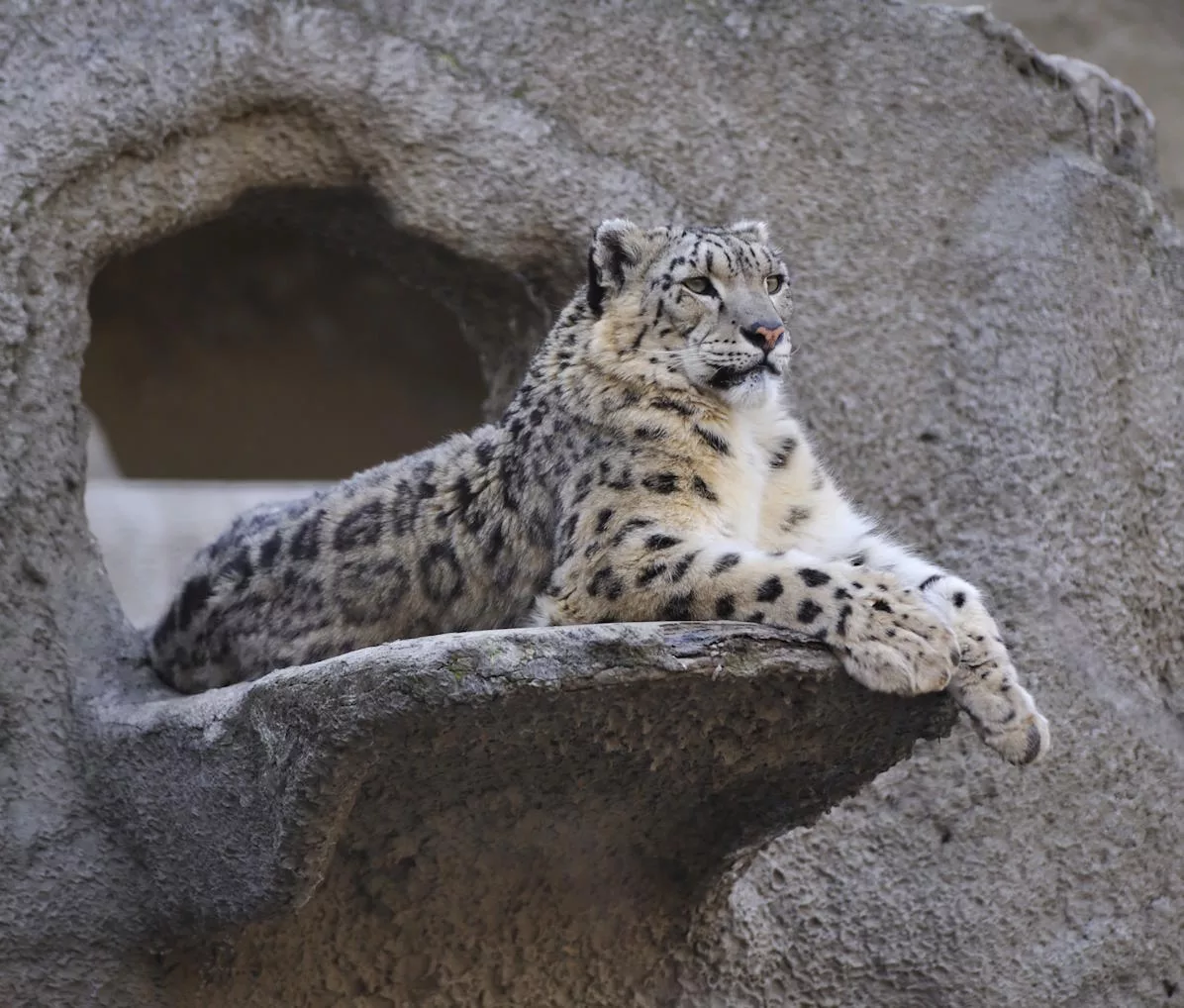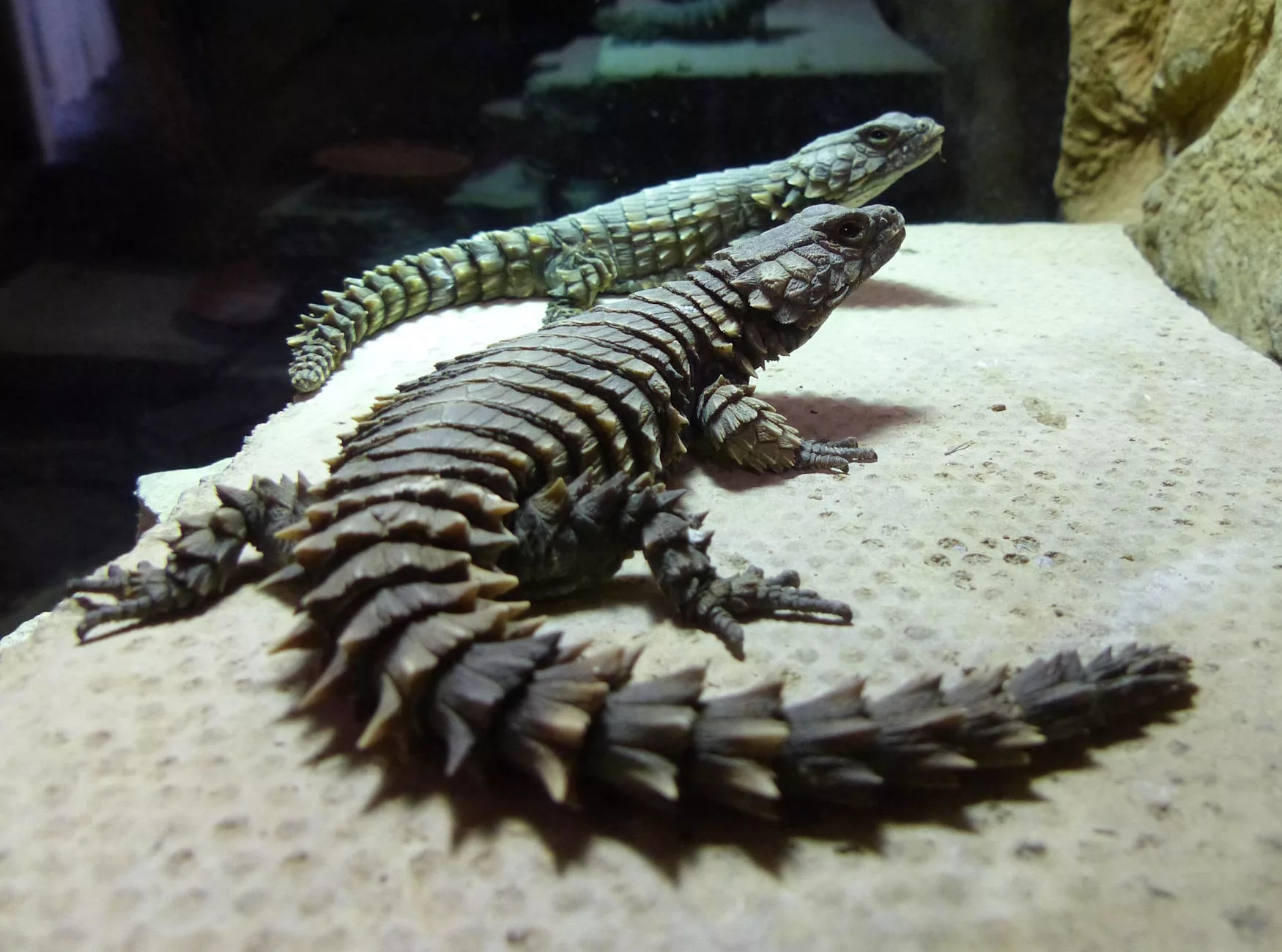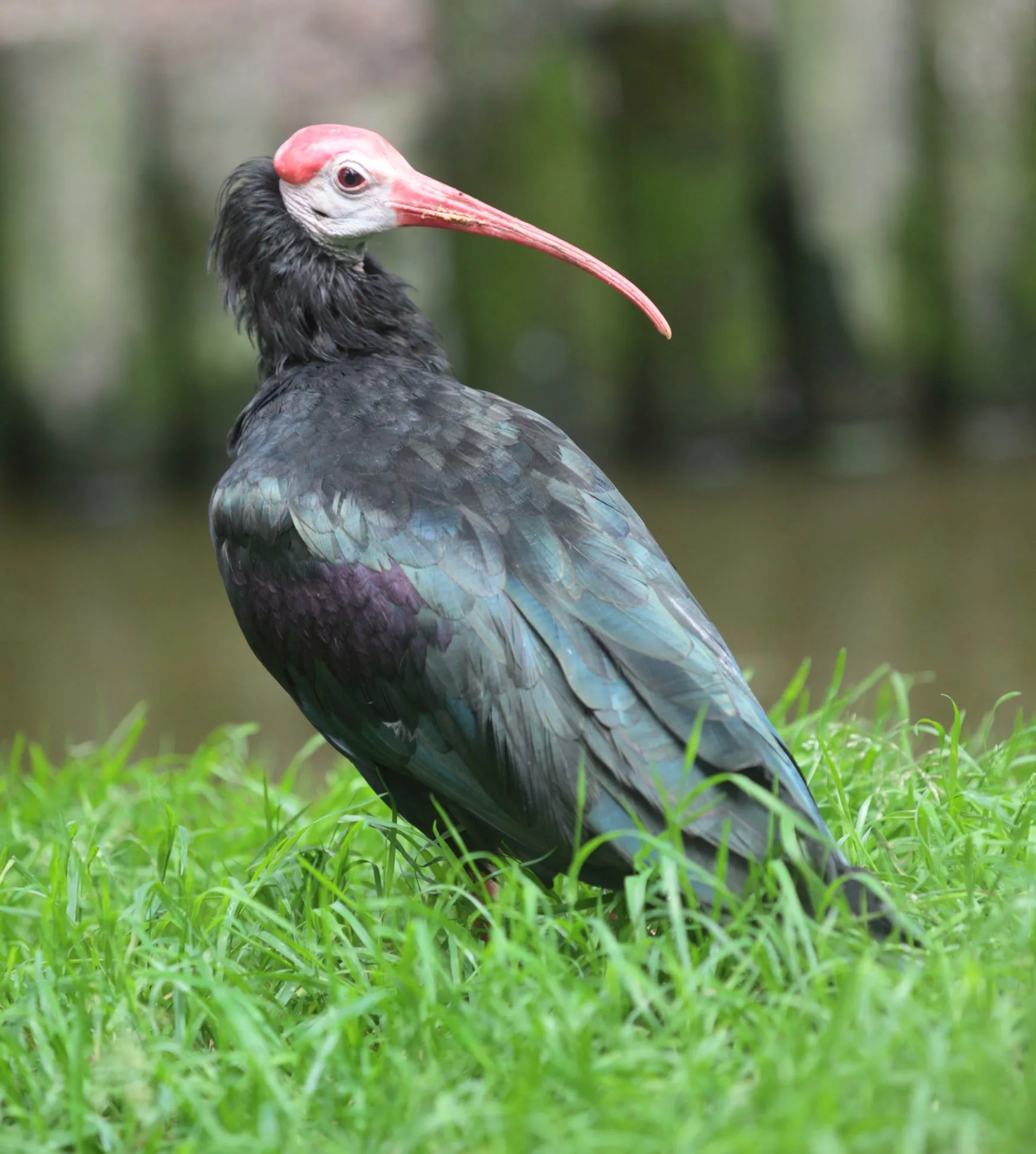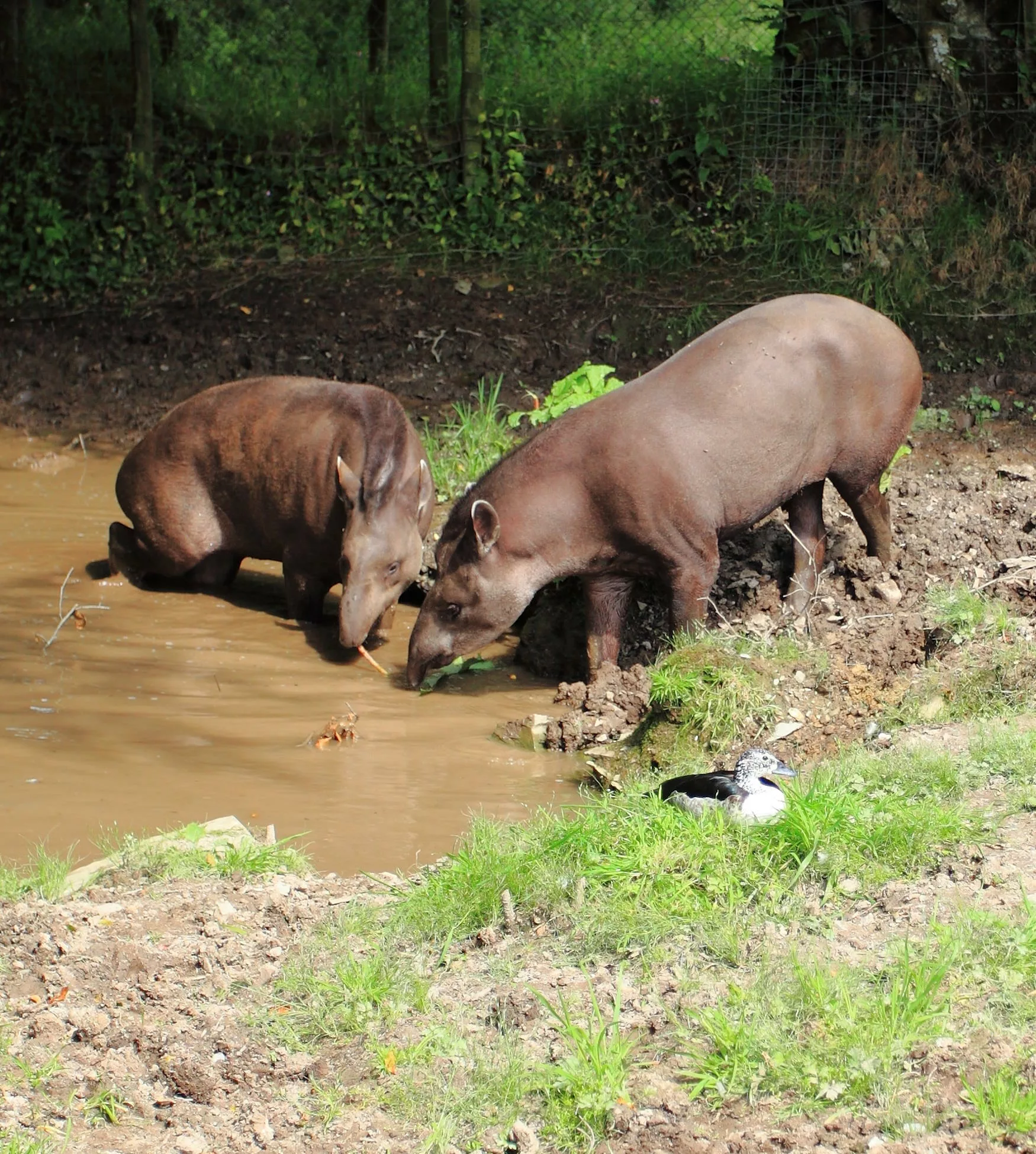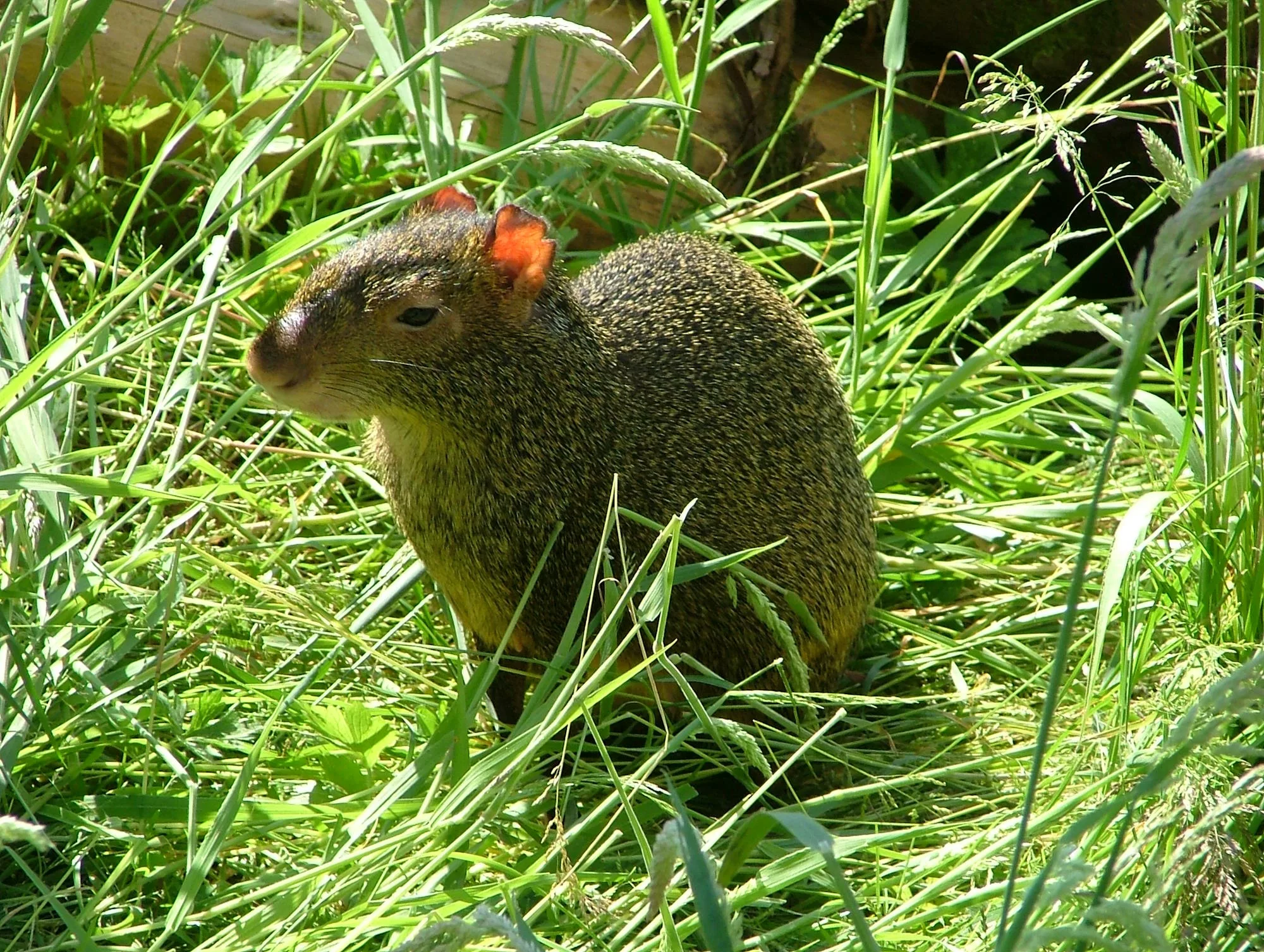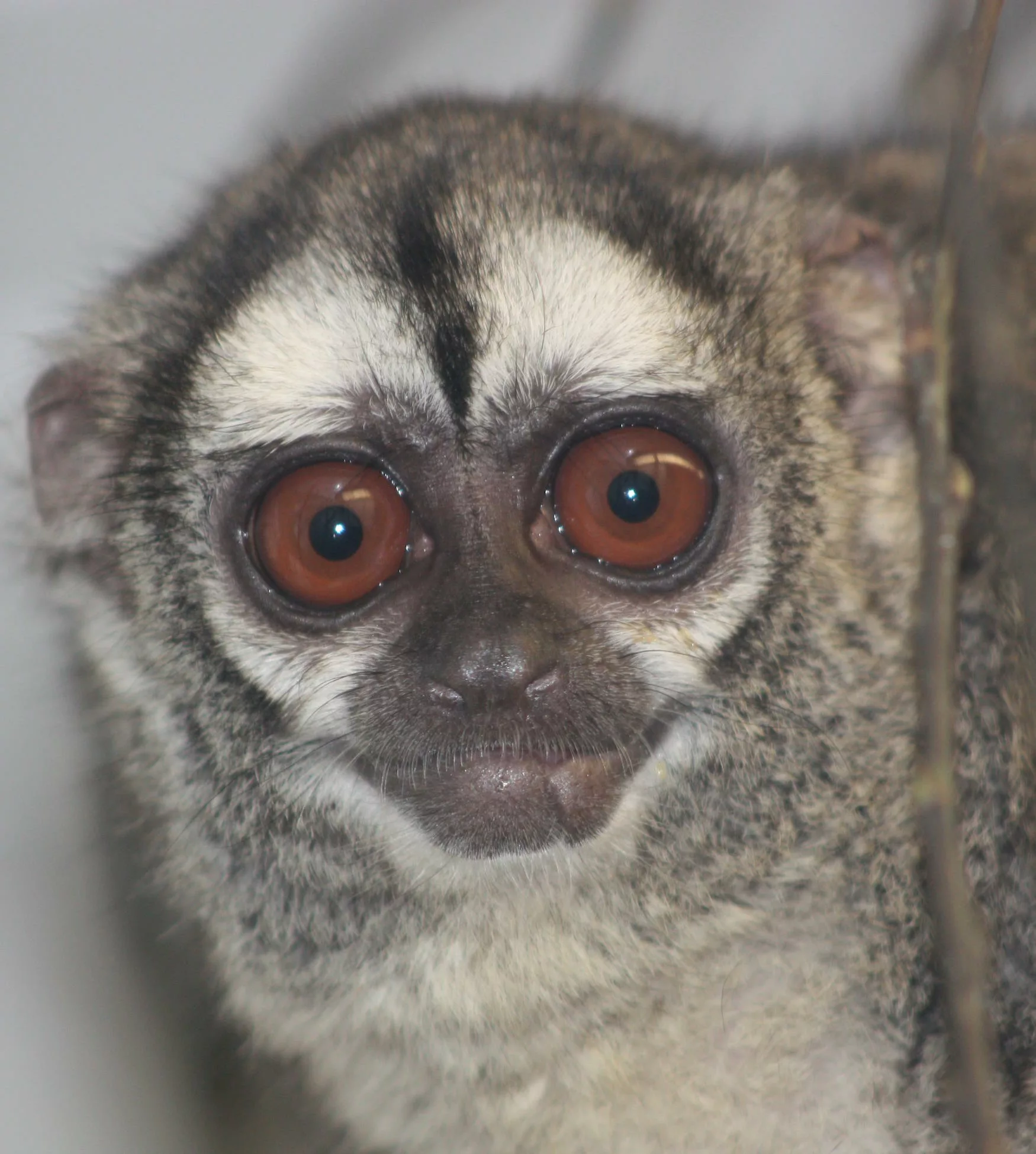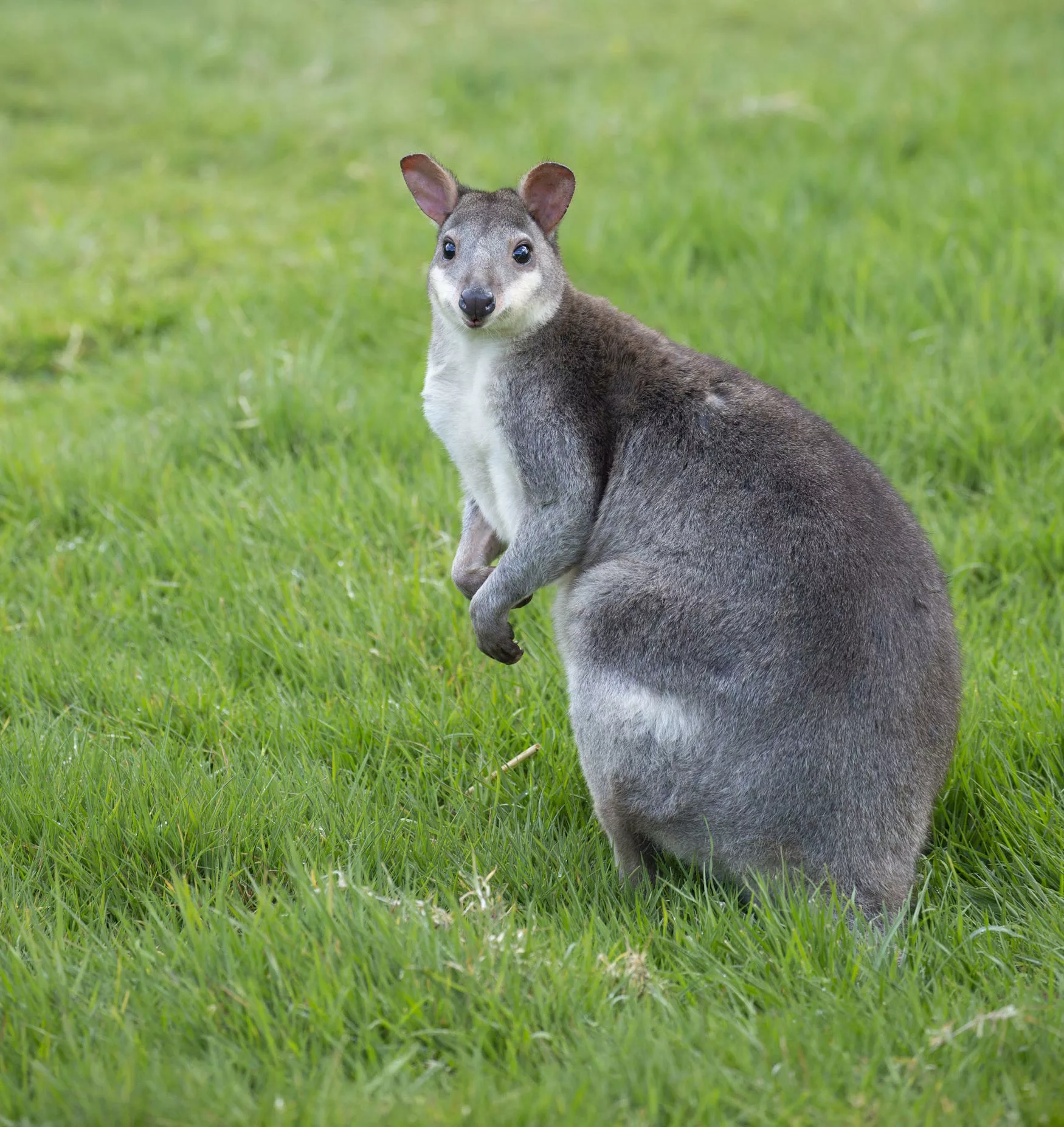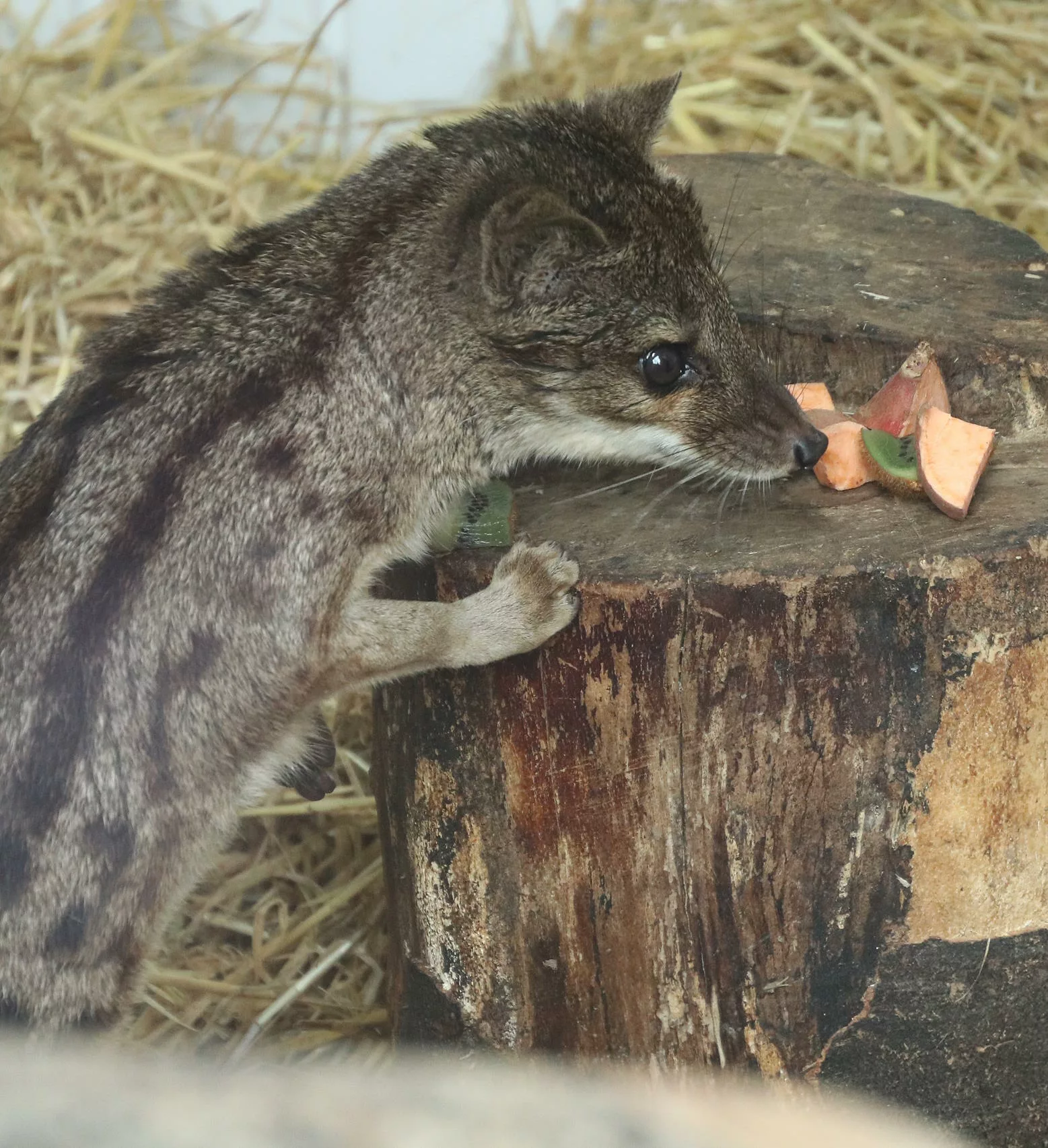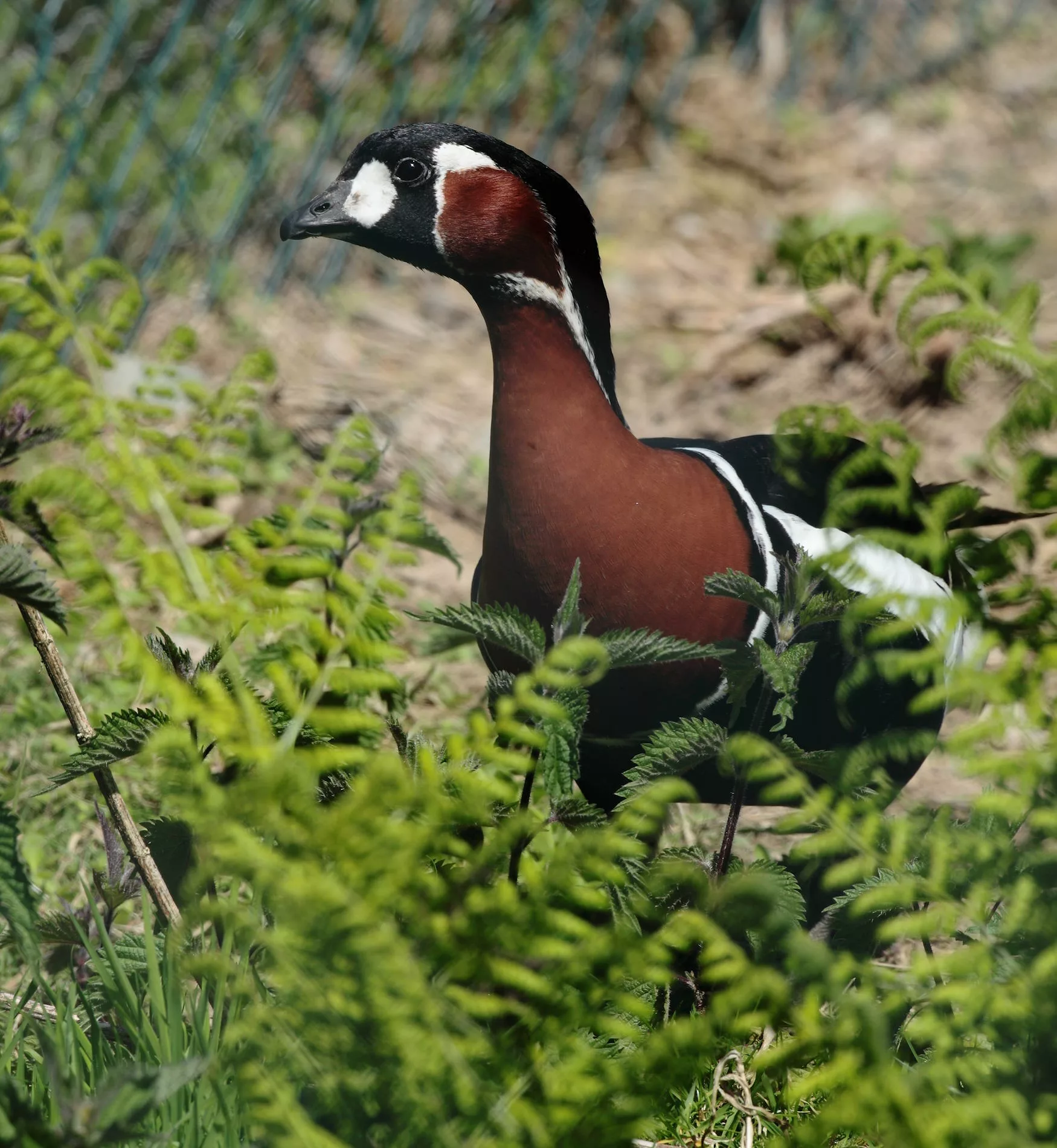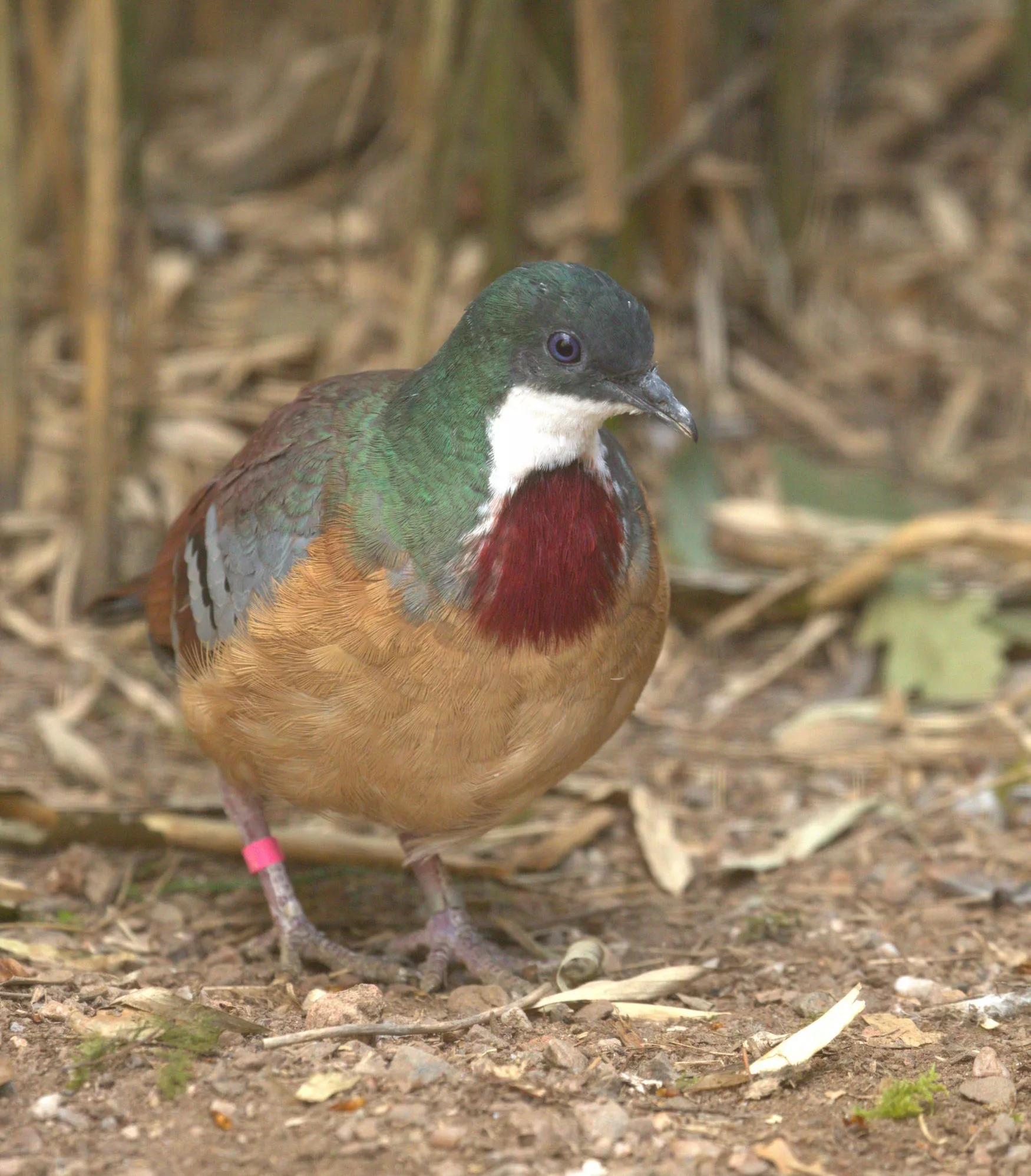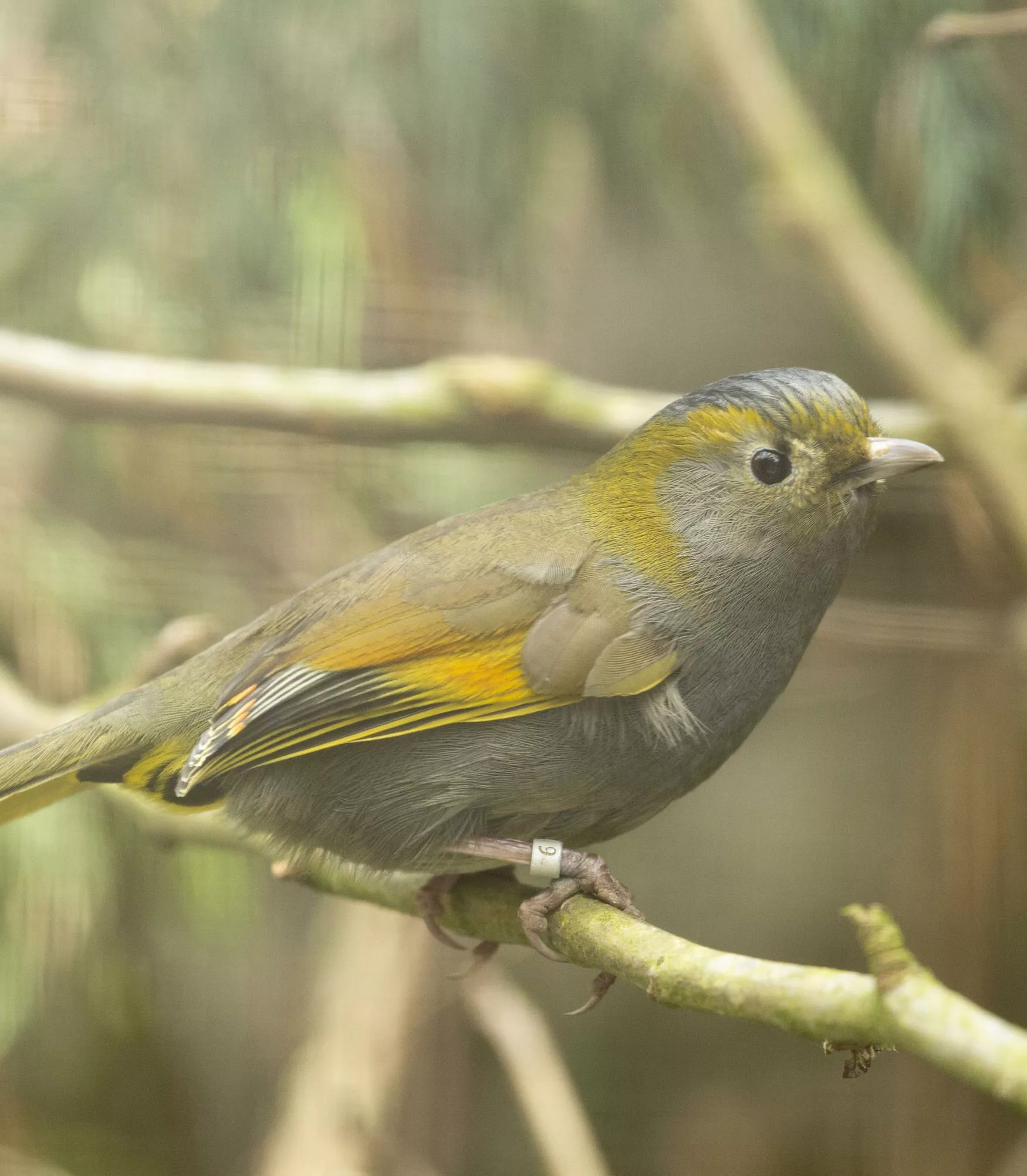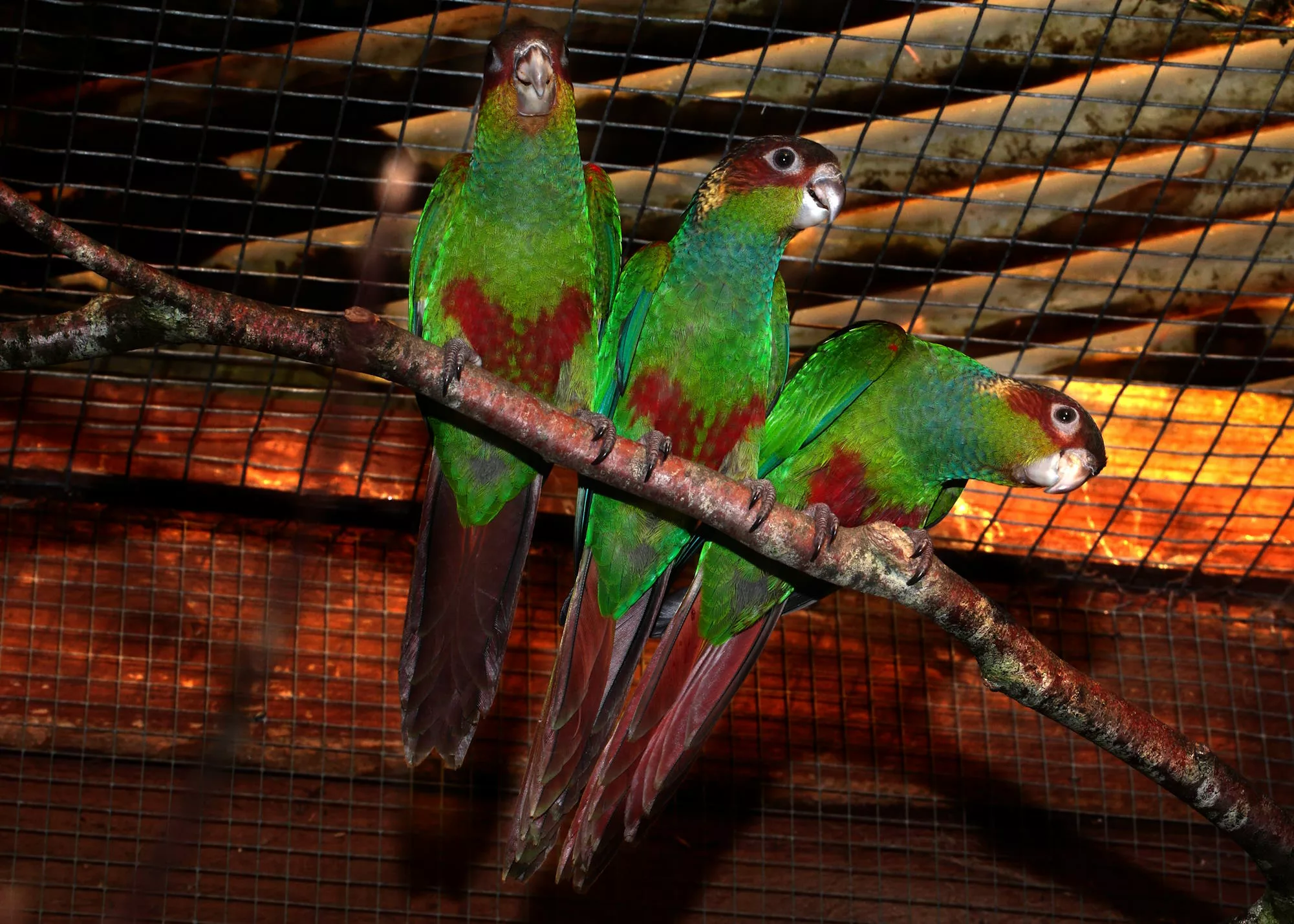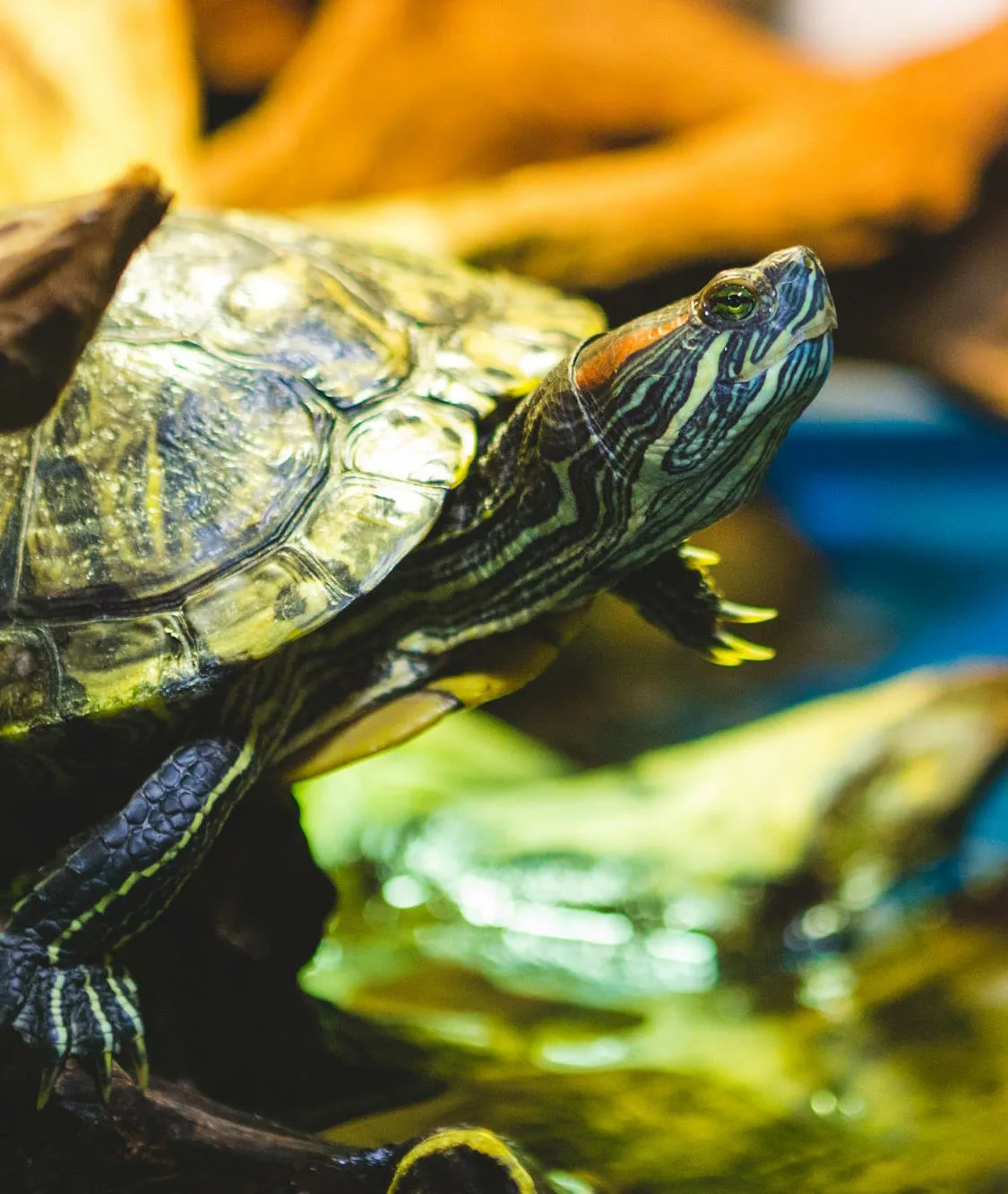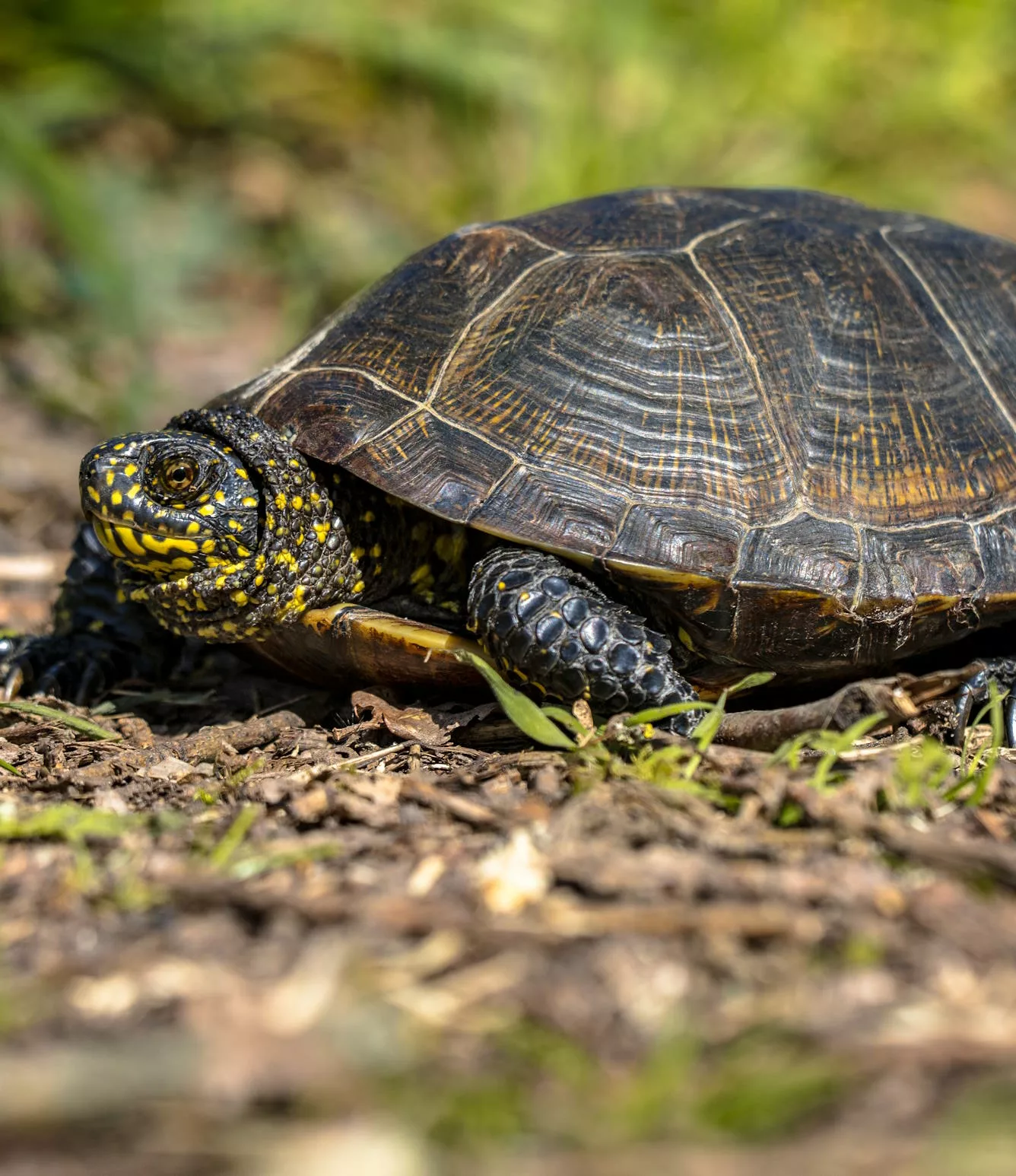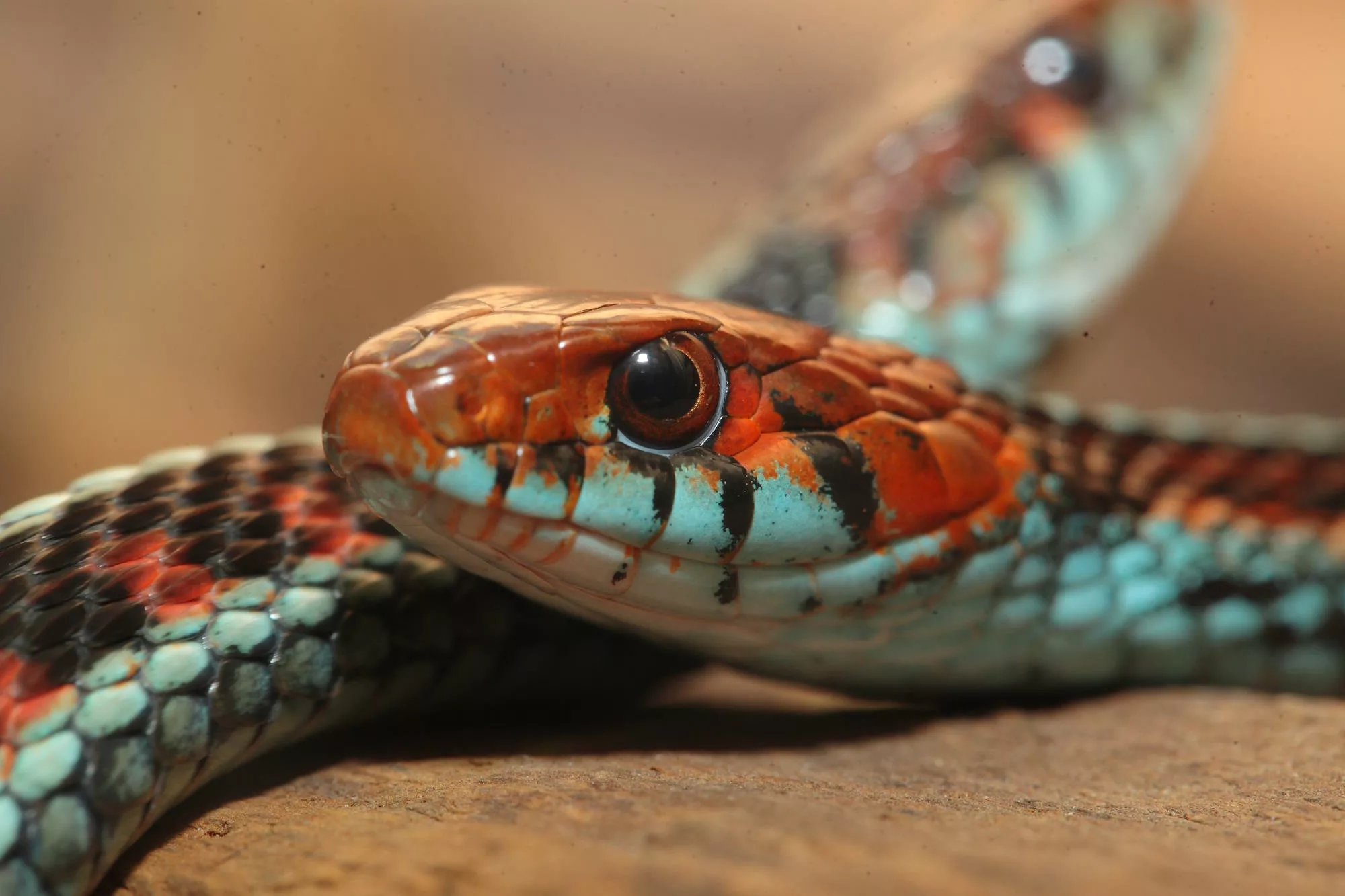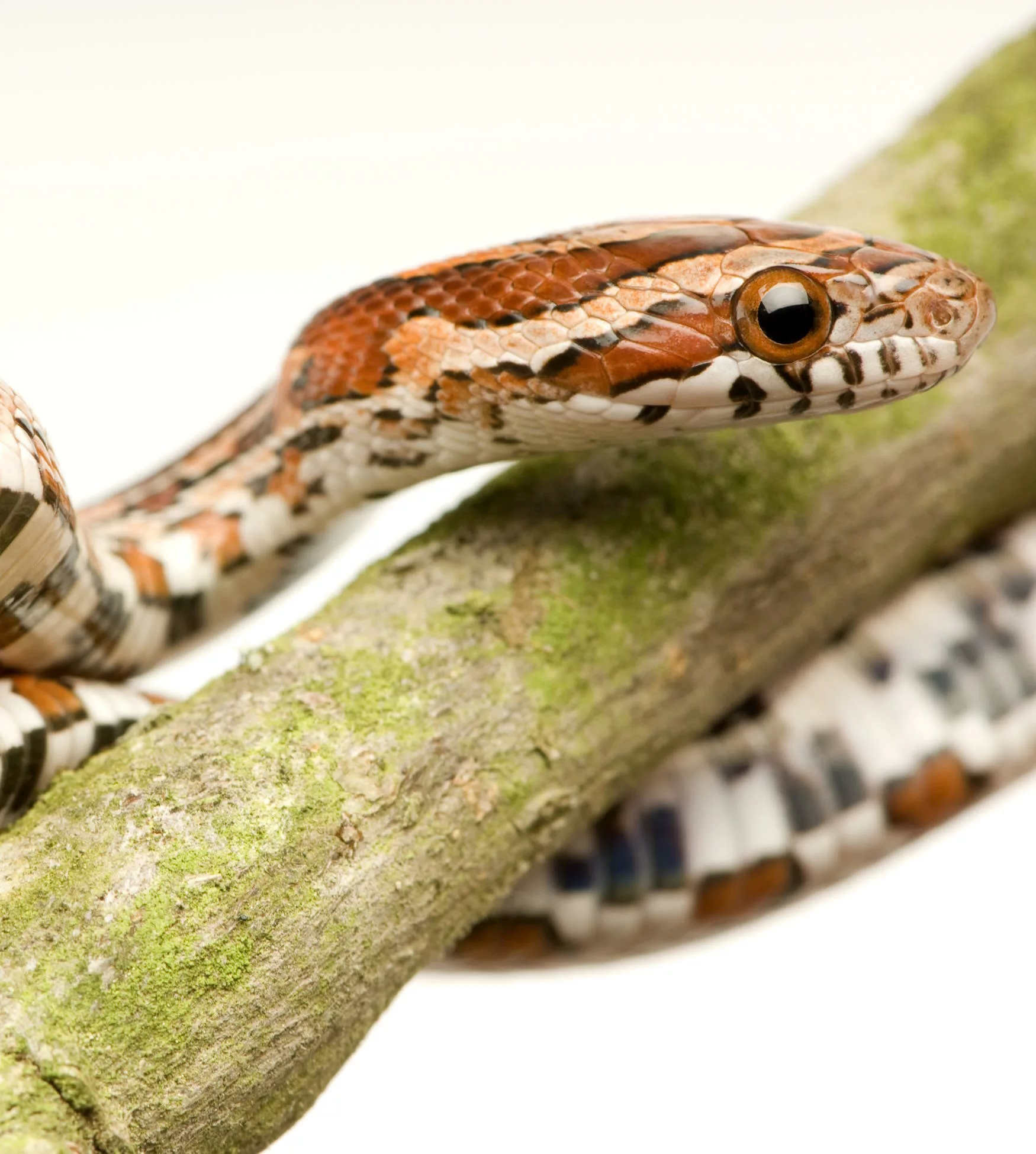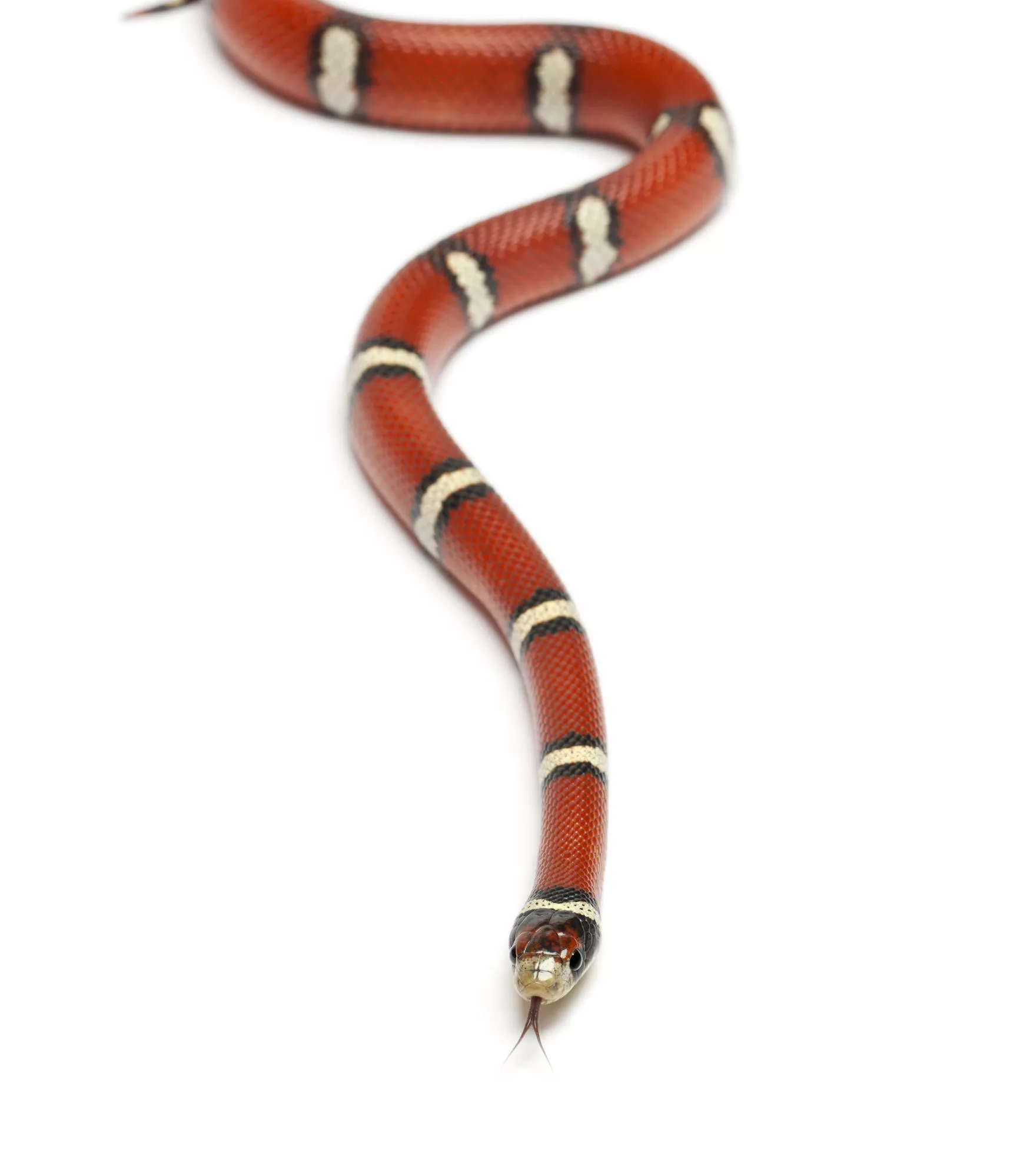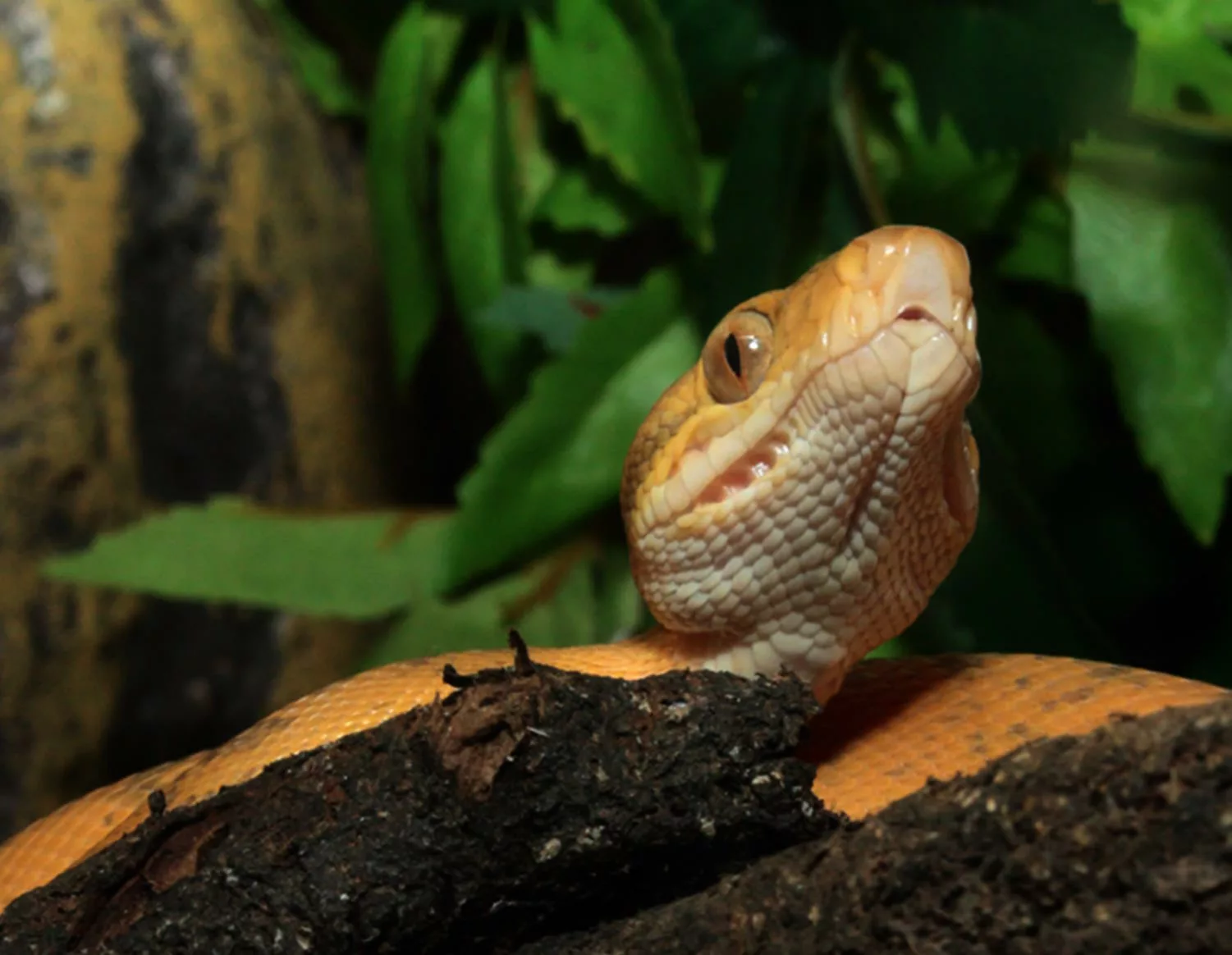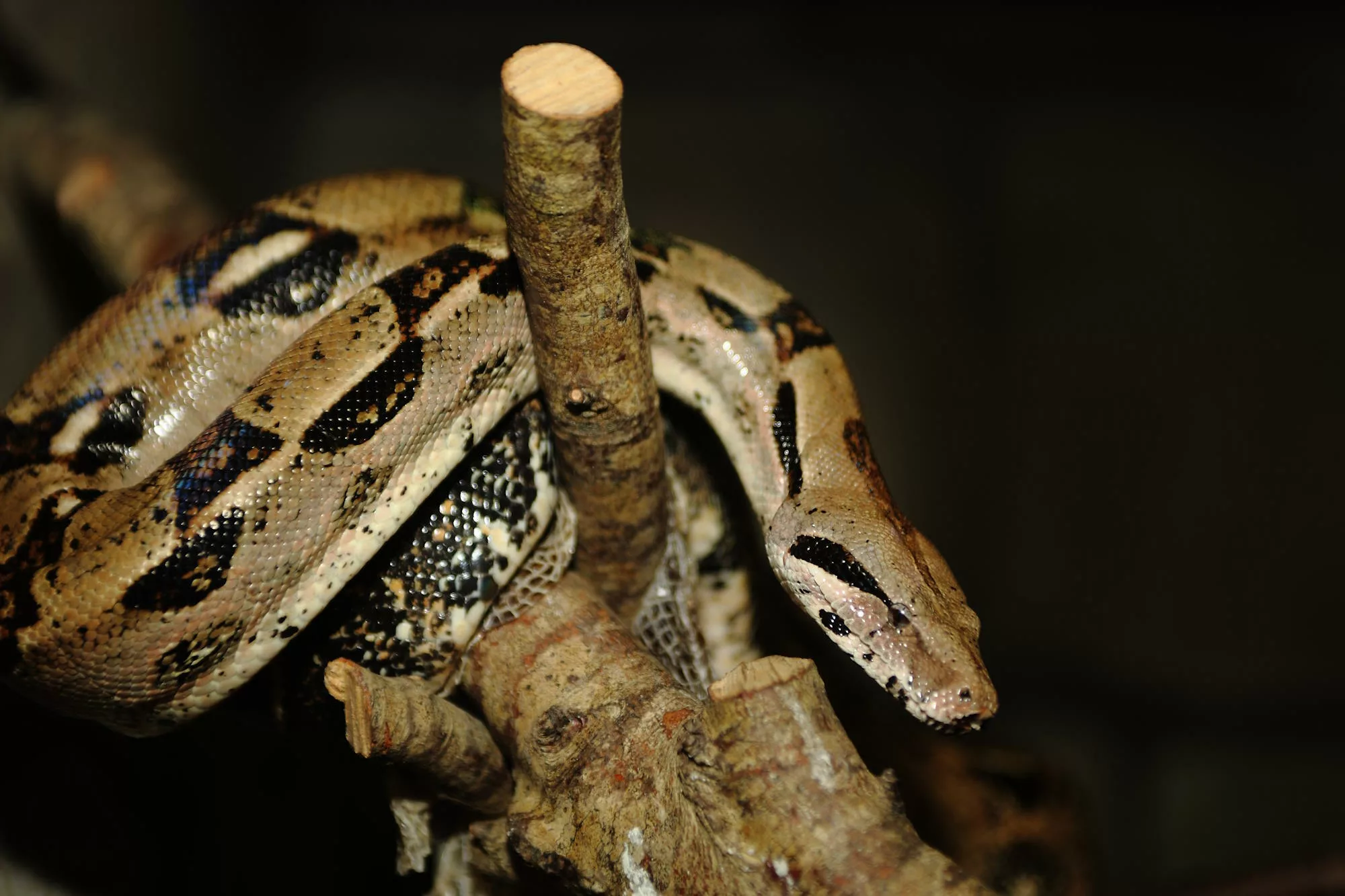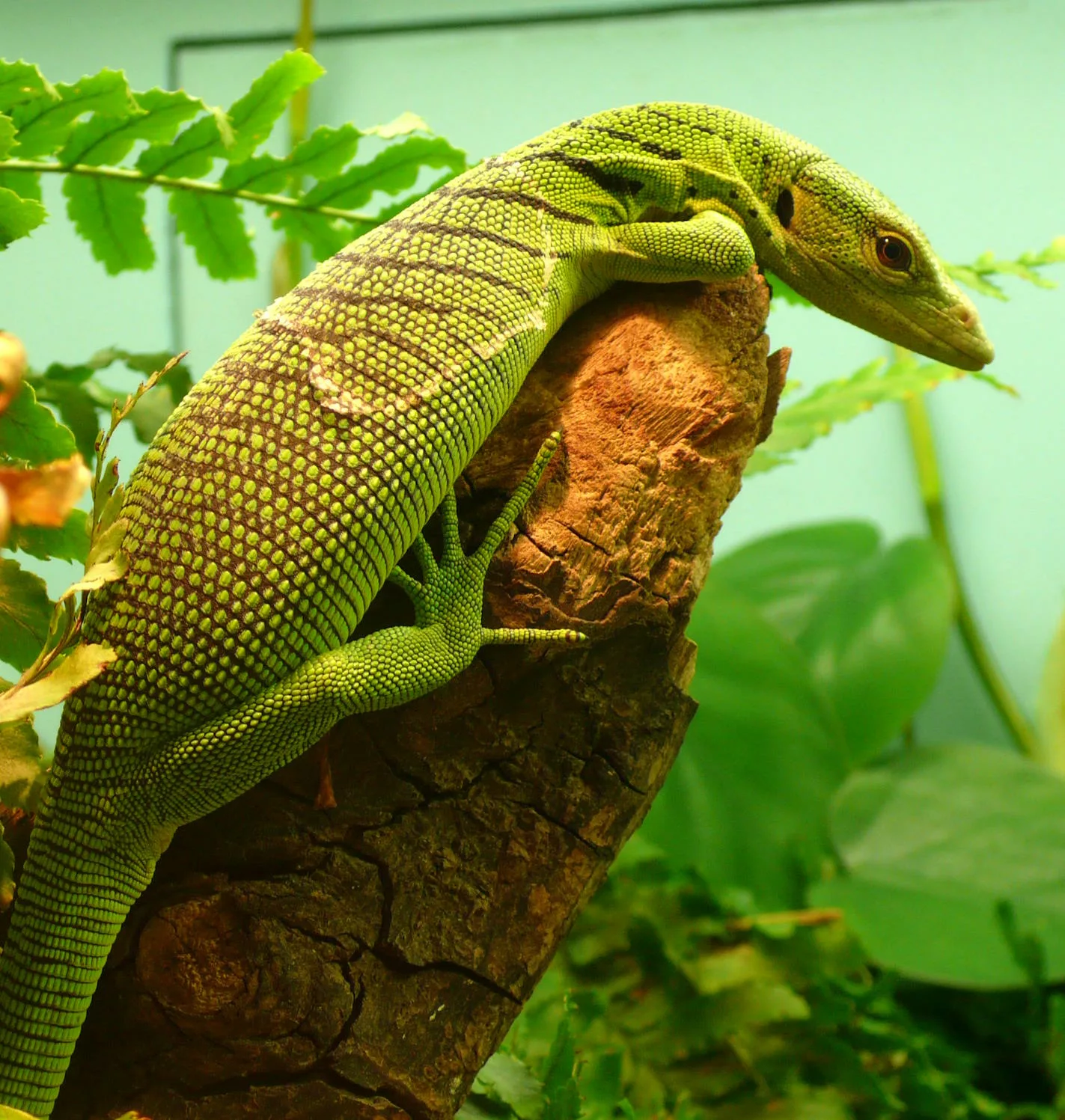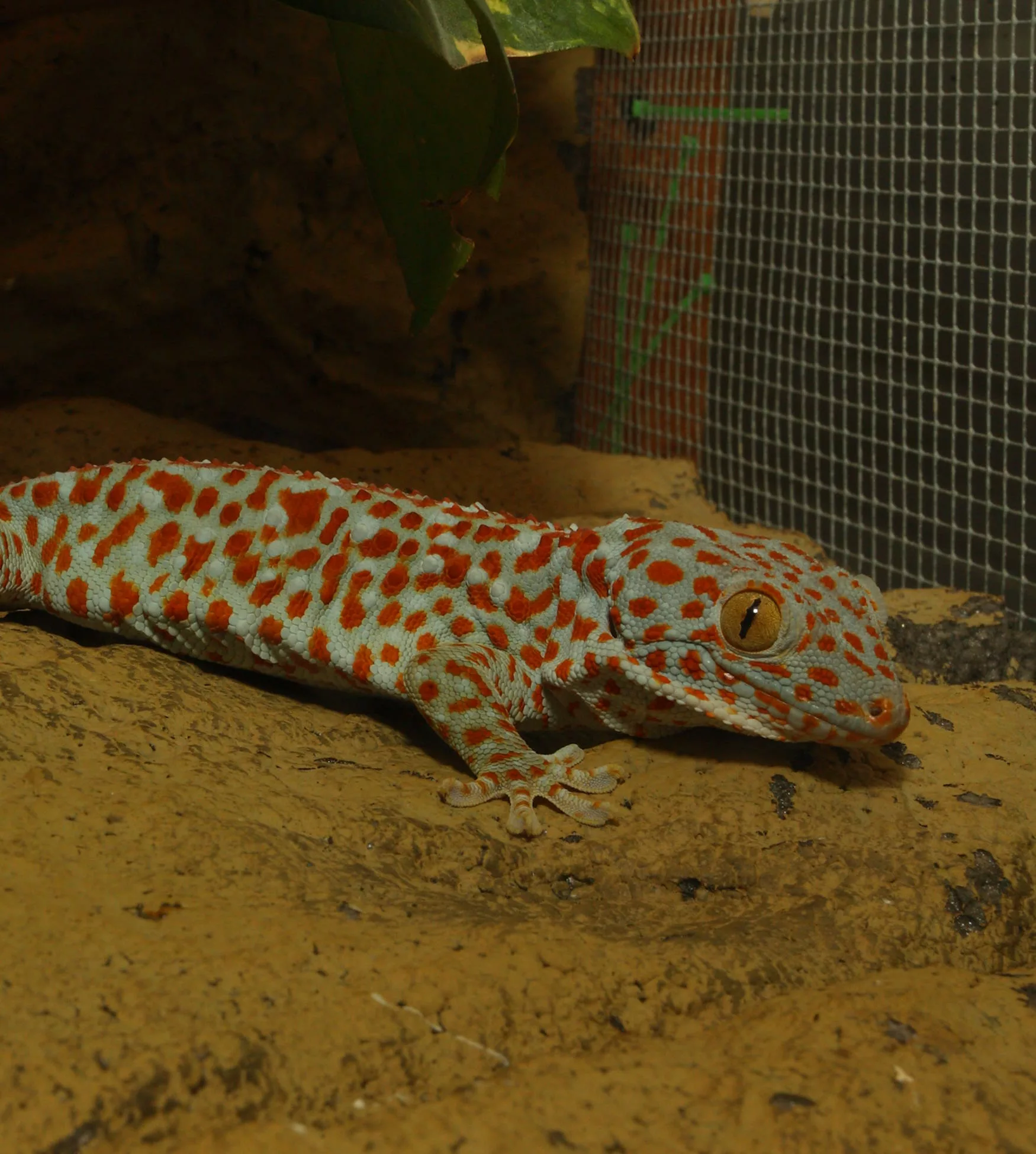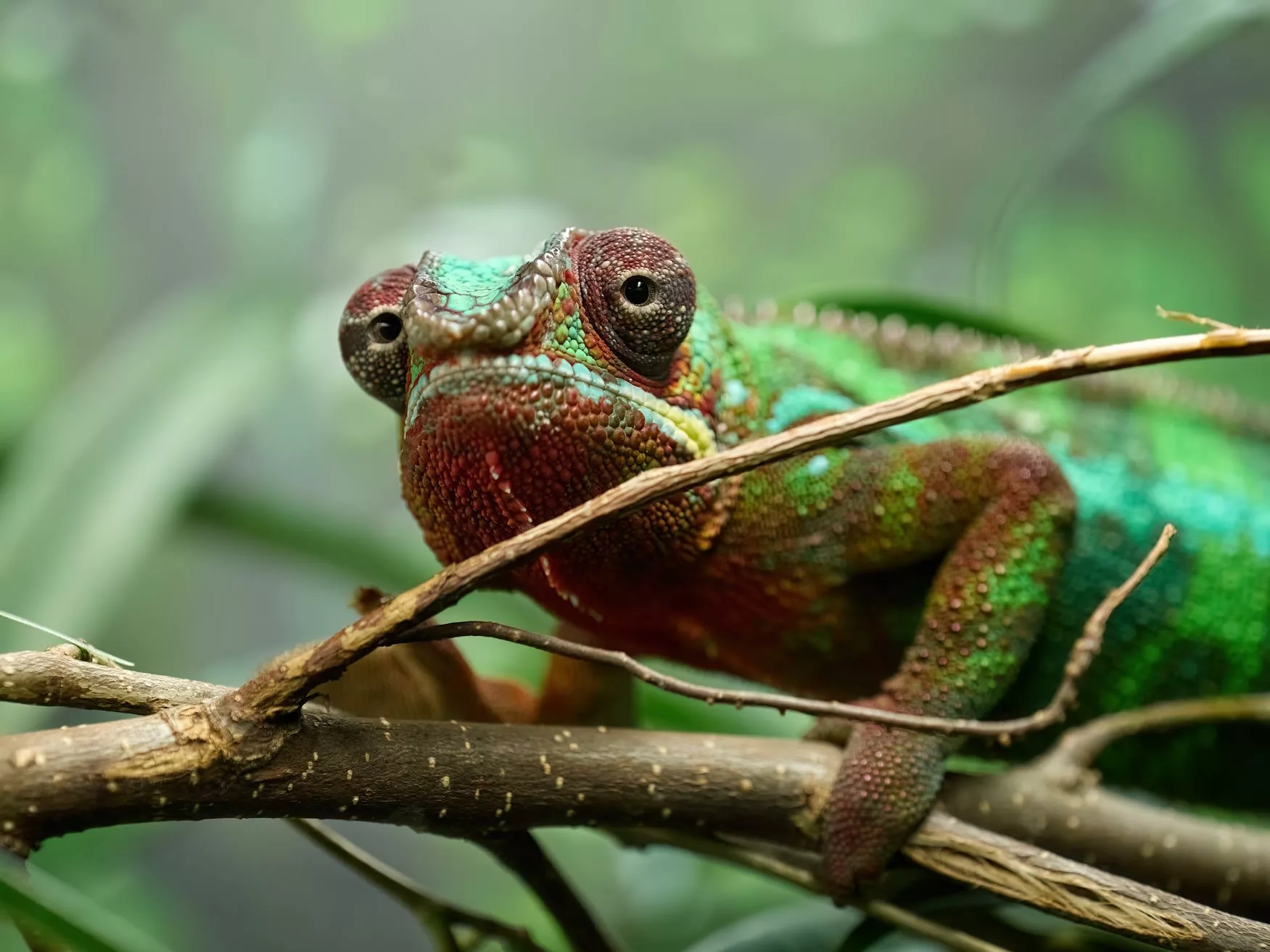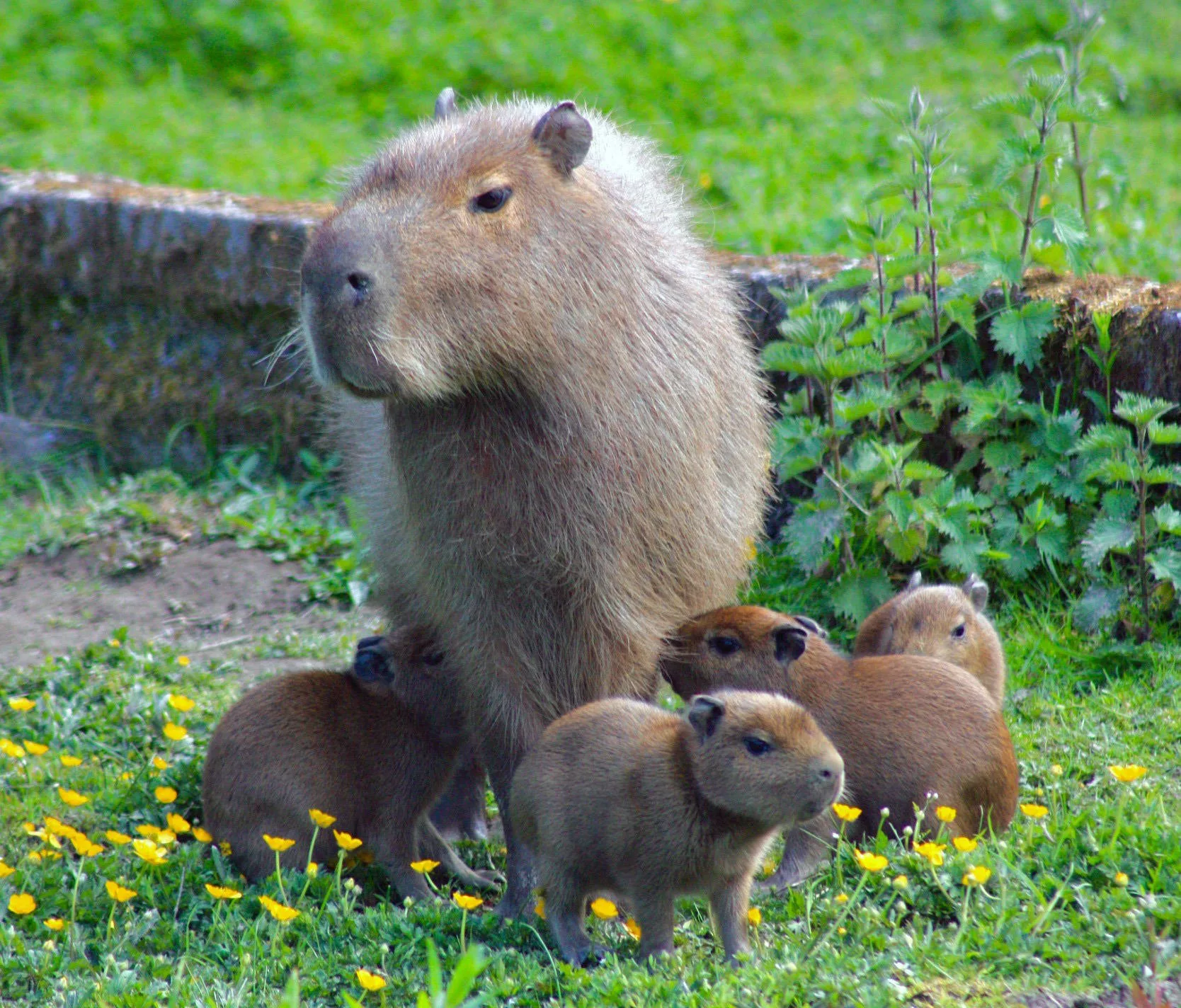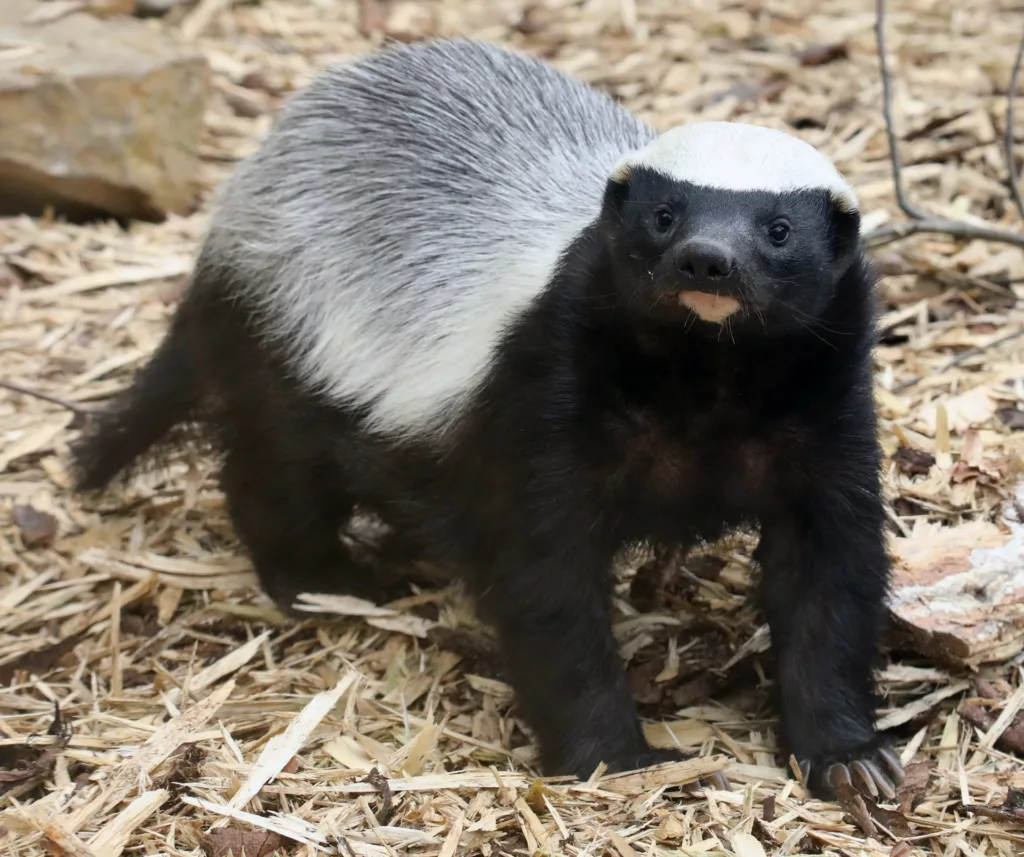
Honey badger
Scientific name: Mellivora capensis
IUCN listed as: Least Concern
Learn before you visit!
Here are some facts about the species – Discover what they eat, find out about their natural habitat, see what they like to do, and more… Set the reading style to suit you too, everyday speak or something aimed towards children.
Child-friendly
Everyday
Diet
Honey badgers eat almost anything, from insects like termites to small mammals, birds, and even honey. Their strong jaws and sharp claws help them break into tough food sources, and they’re known for their fearless hunting style. They scavenge for food whenever they can and are always on the lookout for their next meal.
Honey badgers eat almost anything they find, like insects, small animals, and even honey. They have strong jaws and sharp claws that help them get their food. They’re always on the hunt for something tasty to eat and aren’t afraid of a little adventure.
Breeding
Female honey badgers give birth to 1-2 cubs after a 6-month gestation period. The cubs are born blind and rely entirely on their mother for care and protection. The mother fiercely defends her young until they are old enough to fend for themselves, usually after several months. Honey badgers reach sexual maturity at around 2 years of age.
Female honey badgers have babies, usually 1 or 2 at a time, after about 6 months of waiting. The babies are born blind and need their mom to take care of them until they’re big enough to do things on their own. Honey badgers become grown-ups when they’re about 2 years old.
Habitat
Honey badgers live in various habitats, including savannas, woodlands, and semi-arid regions. They are adaptable creatures, making dens in burrows or hollow logs. They roam extensively in search of food, covering large distances within their home range.
Honey badgers live in lots of different places, like forests and grasslands. They make homes in burrows in the ground or in hollow logs. They like exploring and can travel far to find food.
At the zoo
Our pair are nick named Mr & Mrs “Stoffel” after the famous YouTube honey badger renown for his escape exploits! They have to be one of the most entertaining and intelligent animals we have at the zoo – but only when they are out!. Like most interesting mustelids they are really only active at night and they can be heard rolling their metal dustbin into which they pace large stones around their enclosure all over the zoo at night! We offer small dabs of honey as a treat for enrichment along with other herbs and interesting smells and tastes throughout the day to encourage them to put in an appearance during daylight hours! Early morning 10-1100 hours and around afternoon feed at 1500 hours are good viewing times!
Our pair, Mr & Mrs Stoffel, are named after a famous YouTube honey badger known for escaping! They’re super entertaining and smart, especially when they’re out and about. Like most cool animals, they’re active at night, and you might hear them moving around their enclosure. We give them honey and other treats during the day to see them more often. The best times to spot them are in the morning or around feeding time in the afternoon!
Behaviour
Honey badgers are fearless and will confront predators much larger than themselves. Their thick, loose skin allows them to twist and turn freely, making it difficult for attackers to grab hold. They are primarily nocturnal but may also be active during the day, especially in cooler weather.
Honey badgers are really brave and will stand up to animals much bigger than them. Their tough skin lets them twist and turn easily, making it hard for other animals to catch them. They’re mostly awake at night, but they might come out during the day when it’s cool.
Fun facts
- Fearless Fighters: Honey badgers are known for their fierce nature and willingness to take on animals much larger than themselves.
- Tough Skin: Their thick, loose skin allows them to twist and turn freely, making it difficult for predators to catch them.
- Versatile Eaters: Honey badgers have a varied diet, feasting on insects, small mammals, birds, and even honey.
- Nocturnal Nomads: They’re primarily active at night but may also venture out during the day, especially in cooler weather.
- Burrow Dwellers: Honey badgers make their homes in burrows dug into the ground or in hollow logs, where they seek shelter and rest
- Tough Cookies: Honey badgers are small but mighty, taking on animals much bigger than themselves.
- Super Skin: Their thick skin lets them twist and turn, making it hard for other animals to catch them.
- Foodie Fans: They’ll eat almost anything, from insects to small animals and even honey.
- Nighttime Explorers: Honey badgers like to come out at night, but they might also show up during the day.
- Home Sweet Home: They make cosy homes in burrows underground or in hollow logs to rest and stay safe.
More animals to discover at our zoo
Quick Links
Tickets & Prices
You can buy tickets for Exmoor Zoo securely online, as well as finding out more price options, discover offers, and more…
What’s on…
Exmoor Zoo hosts incredible Events all through the year. You can find out about what we’ve got in store here…
Routes & info
Like any great discovery, Exmoor Zoo can feel a little off the beaten path – but don’t worry – you can plan your journey with our recommended routes and other useful travel info.
